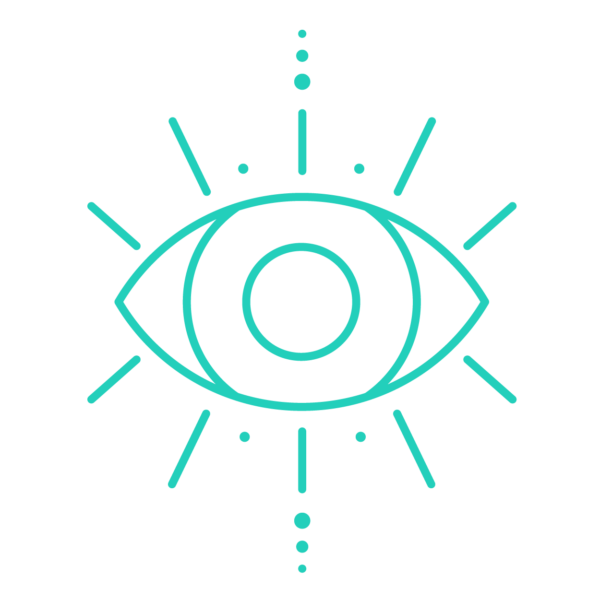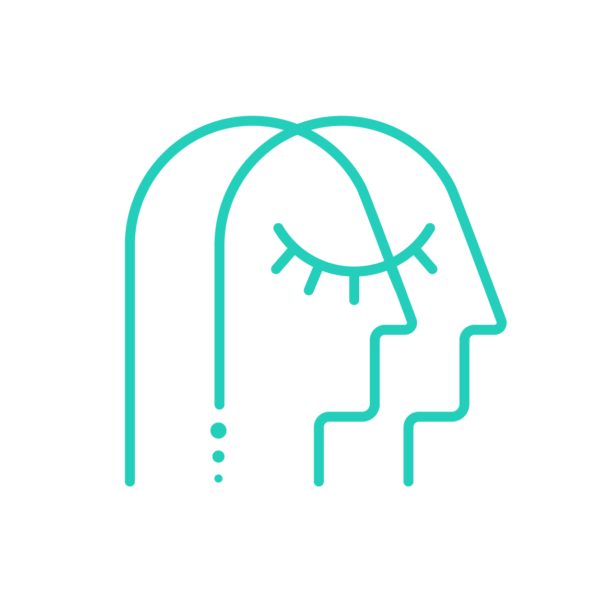




The purpose of this study was to examine whether Healium, a virtual reality plus neurofeedback (VR+NF) meditation experience, was more effective than a guided audio-only meditation in improving mood in one hundred healthcare workers in a hospital setting.

This study occurred at the Boone Hospital Center between October, 2020 and March, 2021 at the height of the COVID-19 pandemic. Months away from a vaccine and inconsistent governmental approach to the virus led to a mass increase in stress, anxiety and psychological concerns, especially amongst frontline medical staff.
Burdened with the risk of greater exposure to the virus, chronic hypervigilance, increased workload, and inconsistent access to protective equipment, medical personnel are at a much higher risk of stress-related psychological symptoms. These stressors can lead to burnout, depression, and post-traumatic stress.
There is increasing evidence to support that mindfulness meditation delivered through mobile devices are effective in reducing stress, and improving well-being. In this study, audio-only meditation was used as a control to measure the effectiveness of using virtual reality (VR) for meditation.
VR may be particularly suited for creating a meditative environment in situations like hospital settings. The sense of presence that is unique to VR users can facilitate meditation in two ways. One, the headset itself eliminates all visual and most auditory distractions. Secondly, the content can be viewed in 360 degrees and when using nature-based content, can have almost the same calming effect as time spent in nature. Specific visual cues in the VR content may help the user direct their attention more successfully than audio-only meditations. This approach seems ideal for health care settings.
The VR meditation experience for this study also included (EEG) neurofeedback. Neurofeedback works with your brain’s electricity by measuring brainwaves in near-real time through EEG and providing a feedback signal. The feedback, in the form of visual cues, changes in response to shifts in brainwave activity, increasing awareness of brain behavior and changes in mental states. With this process, it’s possible for the users to be self-guided into meditation or relaxation.
Frontline healthcare workers were alternately assigned to one of two conditions. 50 participants utilized Healium (virtual reality with neurofeedback) and 50 participants used audio-only meditation as a control group. The experiment took place in the participants’ natural work environment, in the hospital setting. These rooms were on patient floors, but separated from patient rooms to minimize distractions.
For the audio-only group, they listened to a progressive body-scan/relaxation mindfulness meditation. A guided narration invites the user to direct their attention to specific parts of their body, asking them to relax into each part. The audio track lasted about 5 minutes.
The VR experience was Relaxation Beach from the Healium VR app viewed through an Oculus Go headset, which utilizes the same audio track that the audio-only group experienced. The visuals are from the perspective of the user sitting on the beach while the waves calmly wash upon the shore on a sunny day.
For neurofeedback, the participants in the VR+NF group used a BrainLink Lite EEG headband. The amount of high beta activity was represented by a glowing ball that moves up and down in relation to changes in amplitude. This “firefly” moved across the screen in relation to time. A solid white threshold line was displayed in the same space providing a baseline of brainwave information. This threshold could be adjusted to make the task easier or harder. For the current study, the threshold was adjusted to “easy.”
Before and after their experience, the participants completed a Brunel Mood Scale survey. The Brunel Mood Scale consists of 32 mood descriptors that are categorized into 8 dimensions:
–anger
–tension
–depression
–vigor
–fatigue
–confusion
–happiness
–calmness
Each subscale consists of 4 mood descriptors. Asking, “how do you feel right now?” participants indicated the extent of their “in the moment” experience of the mood descriptors on a 5-point scale. The pre and post measures took place within one 50 minute session.
Reviewing the Brunel Mood Scale, both groups showed a similar and significant decrease in anger, tension, and depression. The VR+NF group showed decreases on scales measuring vigor, fatigue, and confusion, while the audio-only group showed no significant change. The VR+NF group showed significant increases on the calmness and happiness scales, which did not change significantly in the audio-only group.
These results suggest that using VR and neurofeedback may increase the positive outcomes associated with standard audio-guided meditation. These increased benefits may be due to the sense of presence in VR, the inclusion of nature-based scenes in the VR experience, and the increased self-awareness created by the addition of neurofeedback.
In response to this mental health emergency, there have been calls for increased support and services for healthcare workers. Given the number of people affected, the potential health impacts, and the critical role healthcare workers play in society, it’s important to identify and advance stress-management approaches that can be implemented within a healthcare environment. To be successful, such a program would need to be engaging, efficient, convenient, and effective. Based on these criteria, Healium, provided through a portable virtual reality device may be an ideal match for this need.
Read the full study here.